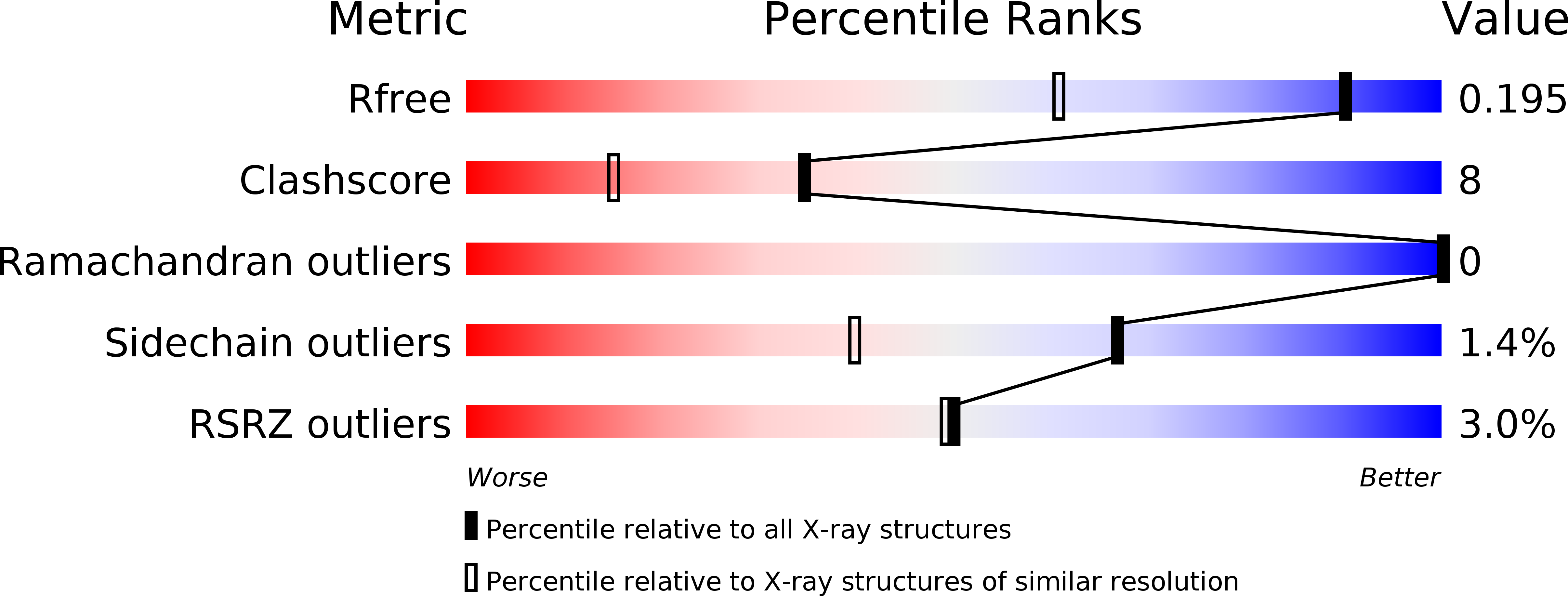
Deposition Date
2012-10-05
Release Date
2013-08-07
Last Version Date
2024-02-28
Entry Detail
Biological Source:
Source Organism:
Streptococcus pneumoniae (Taxon ID: 170187)
Host Organism:
Method Details:
Experimental Method:
Resolution:
1.39 Å
R-Value Free:
0.19
R-Value Work:
0.17
R-Value Observed:
0.17
Space Group:
P 31


